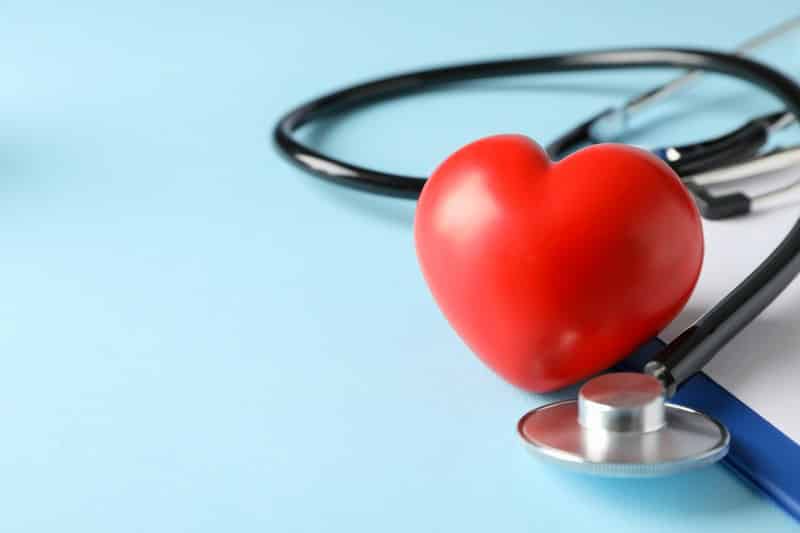Vitamin B12 is one of the essential nutrients the body requires to stay healthy. It has both water-soluble and fat-soluble forms. The fat-soluble form is stored in the body and released into the blood during times of need. B12 performs many functions in the body, such as carrying out energy-producing processes and serving as a building block for DNA production. The vitamin also helps to support memory and protect against various illnesses.
B12 is the only vitamin that directly contributes to the formation of red blood cells, which deliver oxygen from the lungs to various parts of the body. It maintains the balance of hemoglobin, the protein that transports oxygen. Furthermore, the production of red blood cells is regulated by a hormone called erythropoietin or EPO, which is produced in the kidneys and released in response to low levels of iron and low oxygen levels.
Vitamin B12 deficiency can lead to anemia when too few red blood cells are in the body. A person with anemia may have a pale complexion, weak muscles, and feel tired. B12 deficiency can also cause fatigue, numbness or tingling in fingers and toes, short attention spans, and difficulty sleeping. It can lead to depression as well.
Promotes Heart Health

Recent studies show that vitamin B12 may benefit heart health by lowering cholesterol levels. Eating foods containing high levels of vitamin B12 lowers LDL or bad cholesterol and raises HDL or good cholesterol. This can help reduce the danger of atherosclerosis which can lead to strokes or heart attacks.
Atherosclerosis is a condition in which plaque (a type of hard deposit) builds up inside the arteries and causes narrowed or blocked blood flow. It may be caused by factors such as high cholesterol levels and smoking. This plaque is composed of a hard, collagen-like substance (called a fibrous cap) over the arterial wall made up of cholesterol and other substances. This process leads to narrowing or blockage in arteries.
Atherosclerosis is most commonly seen in the coronary artery, which supplies blood to the heart muscle and most of the body. These arteries are lined with a thin layer of cells called the endothelium. The most common symptom is chest pain, sometimes described as a squeezing or feeling of pressure in the middle of the chest that may extend to one or both arms, jaw, and neck. Chest pain can also feel like a tearing or burning sensation in the heart.










